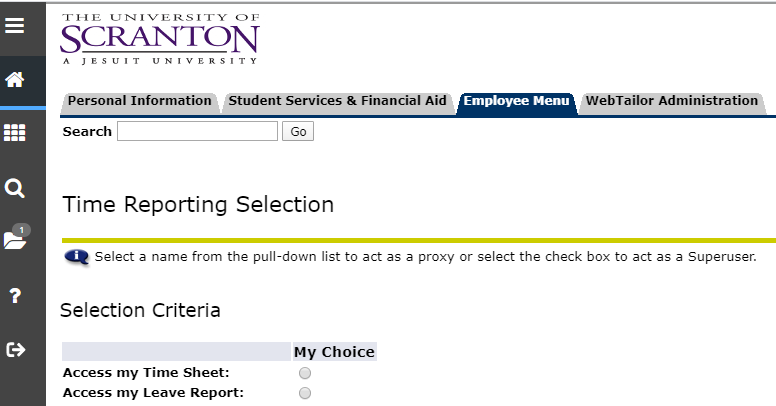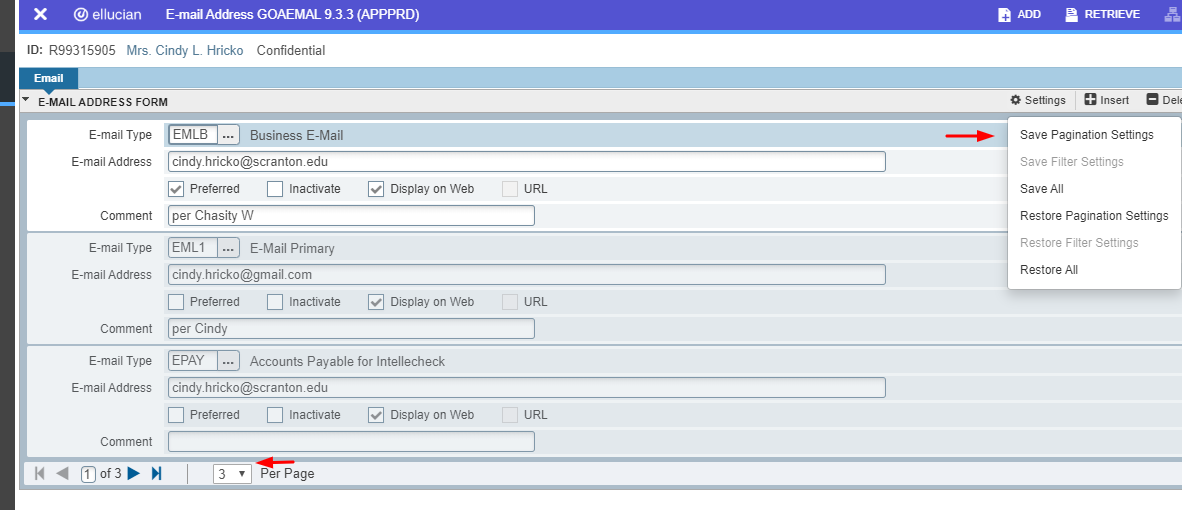Setup your office phone for remote work by Lisa Notarianni, Telecommunications Engineer
Tip 1: Forward your campus phone to your home or cell phone:
You can open a Royal Support ticket to request that your office phone be forwarded to another number. Please include your campus phone number that you want forwarded and the number you want it forward to. The number you provide will ring when your campus number is dialed. Be sure to state if you would like it sent only during normal business hours (M-F 8:30am-4:30pm).
Tip 2: Send your voicemail messages to your email:
Send your voice mail messages to your email to receive “wav” file for each voice mail you receive. This is the most efficient way to manage voice mail while working remotely. You will not need to call into the voice mail system to check if you have messages. Please open a Royal Support ticket to request to forward your voice mail to email. Be sure to include your office phone number and email address.
Tip 3: Alternate Greeting
You can record a temporary greeting without having to change your standard greeting. You may want to record something like “Hello, you’ve reached “John Smith”, I am currently working remotely. Please leave your name and number and I will return your call as soon as possible.” This helps callers know you are working and will return their call if they leave a message.
Follow these steps:
- Call 570-941-2450
- Enter your “ID followed by #” (enter your 4 digit phone number)
- Enter your “Pin followed by #” (enter your voice mail password)
- Option 4 set up options (You do not need to wait for the prompts to finish paying
- Option 1 Greetings
- Alternate Greeting 2
- Press # for indefinite (no end date)
- Follow the prompts from there to record your alternate greeting and make it the current greeting





